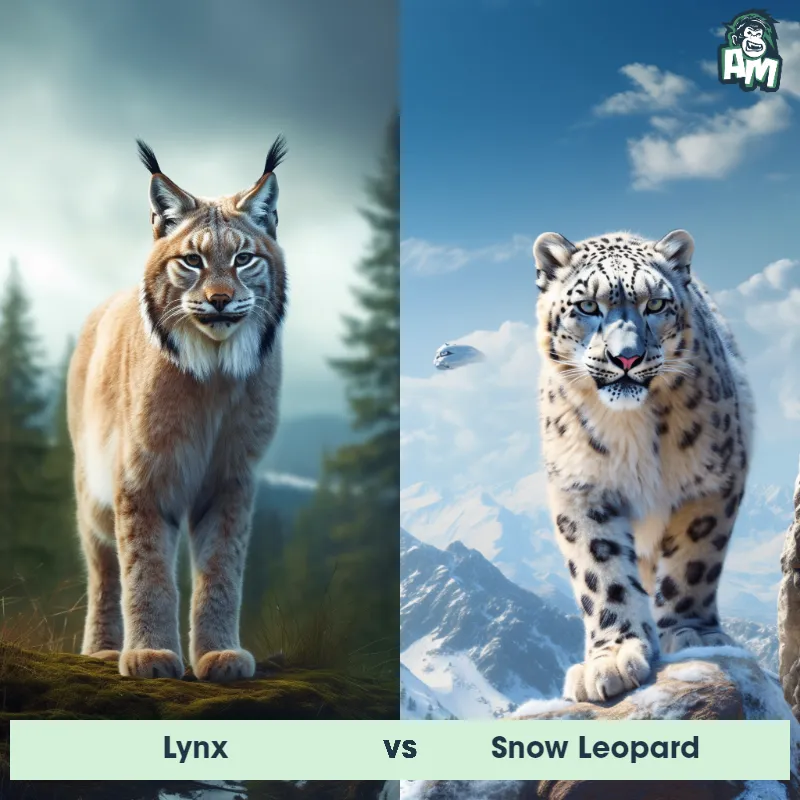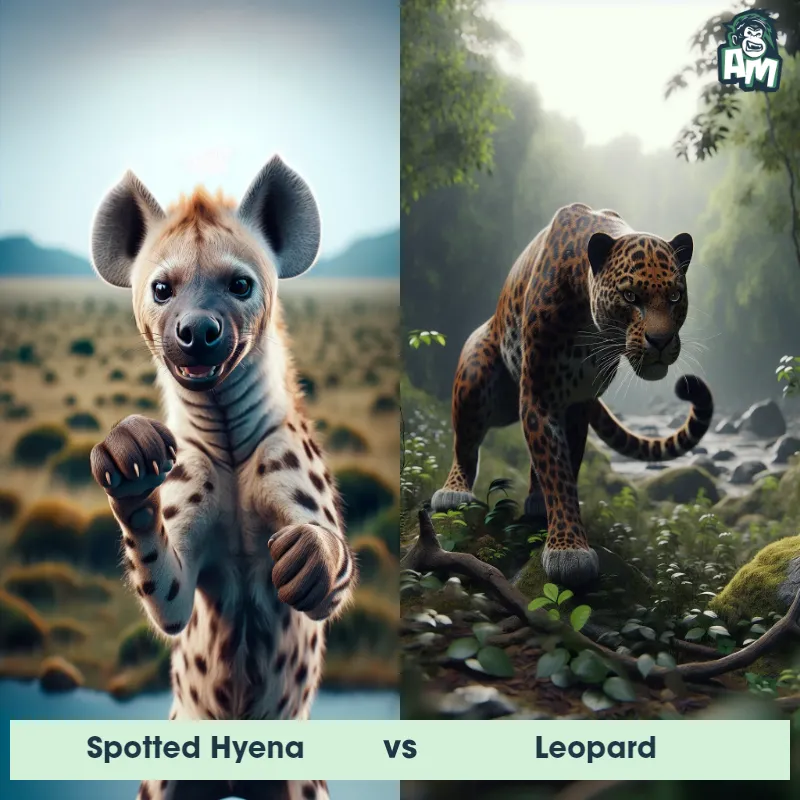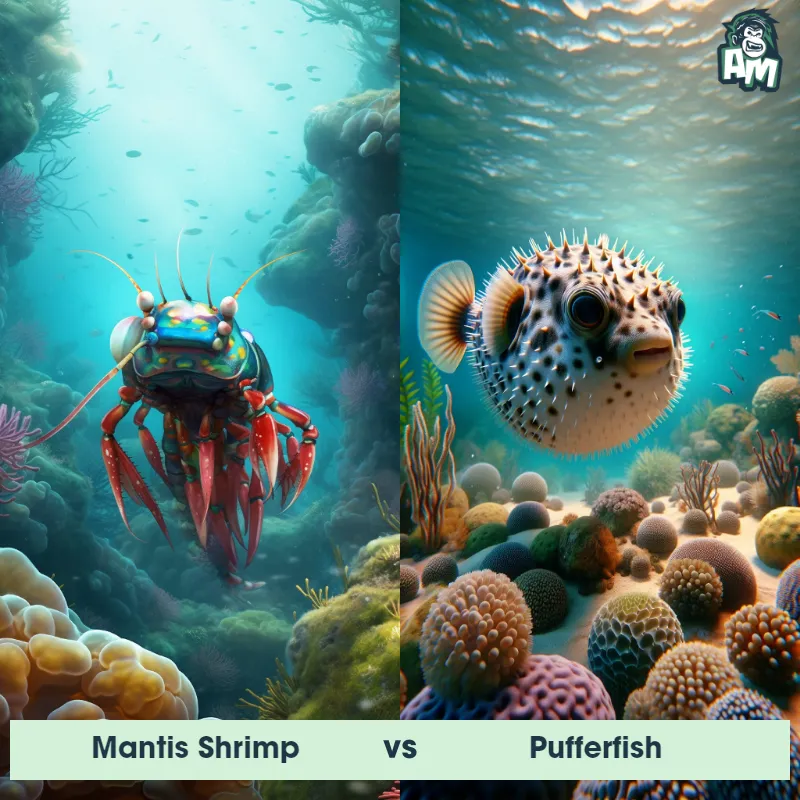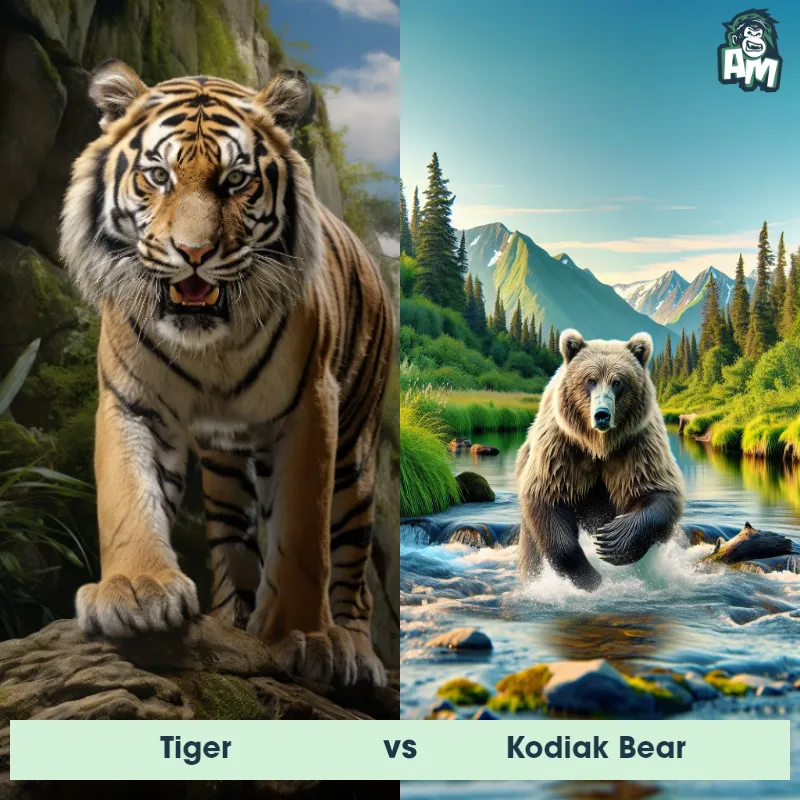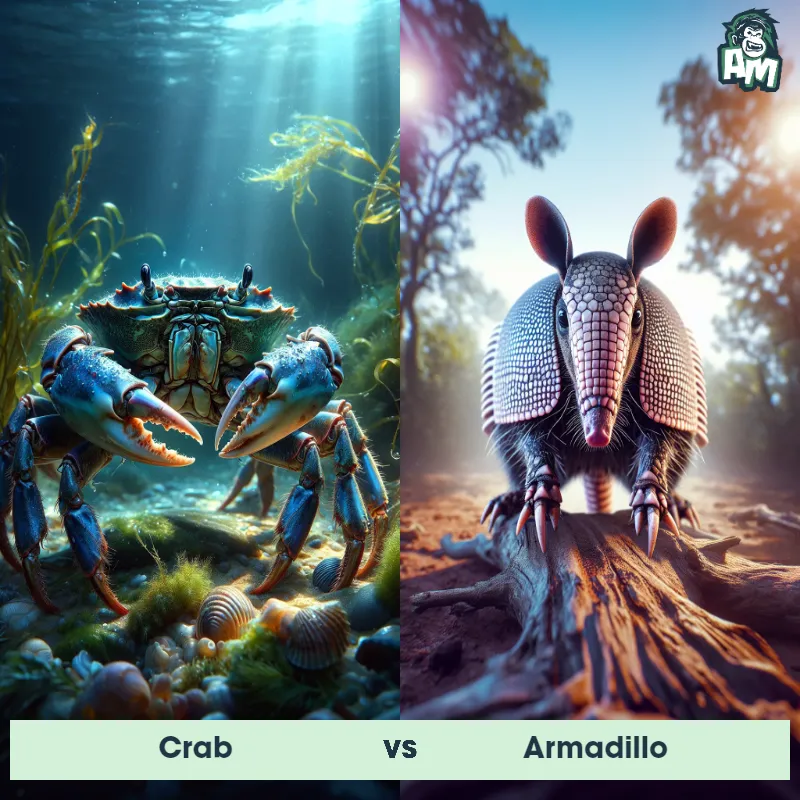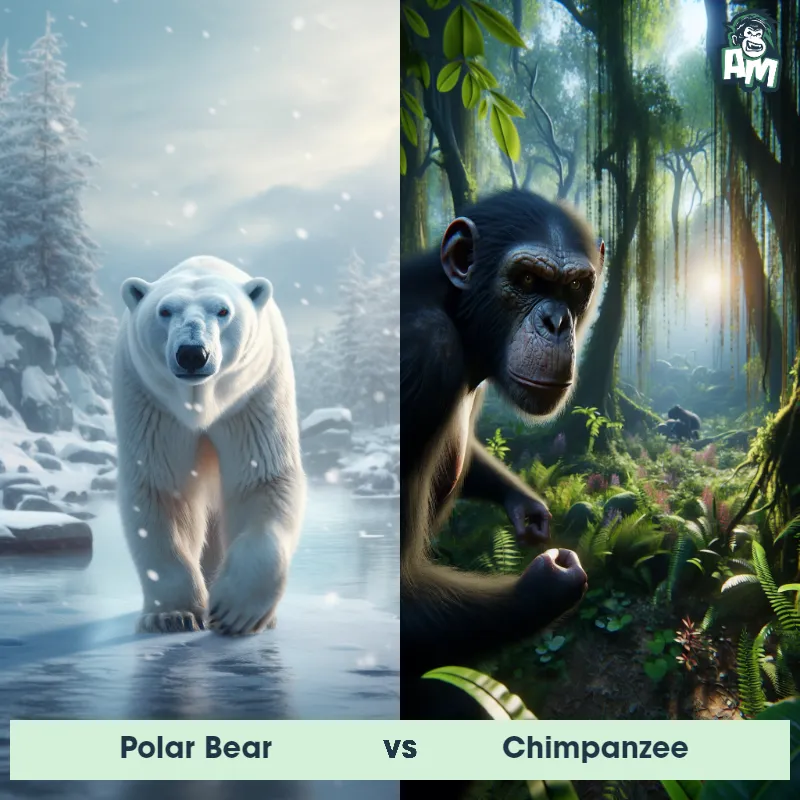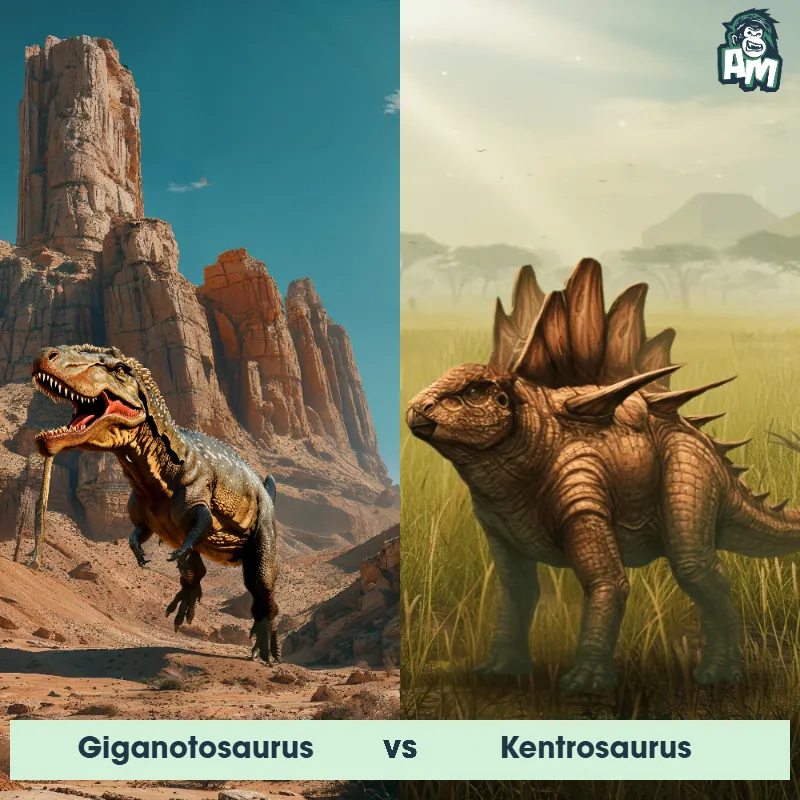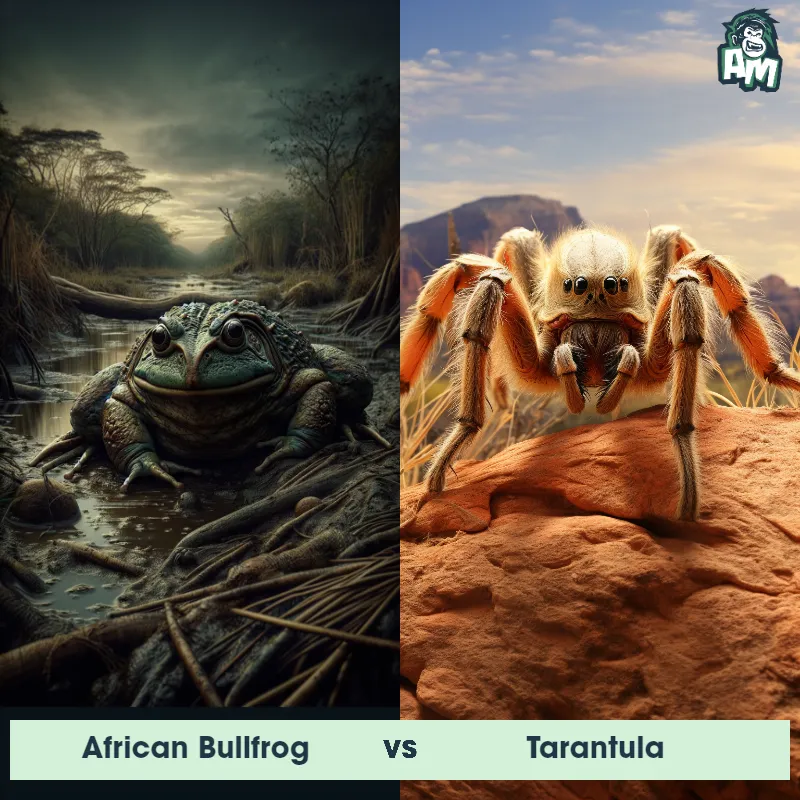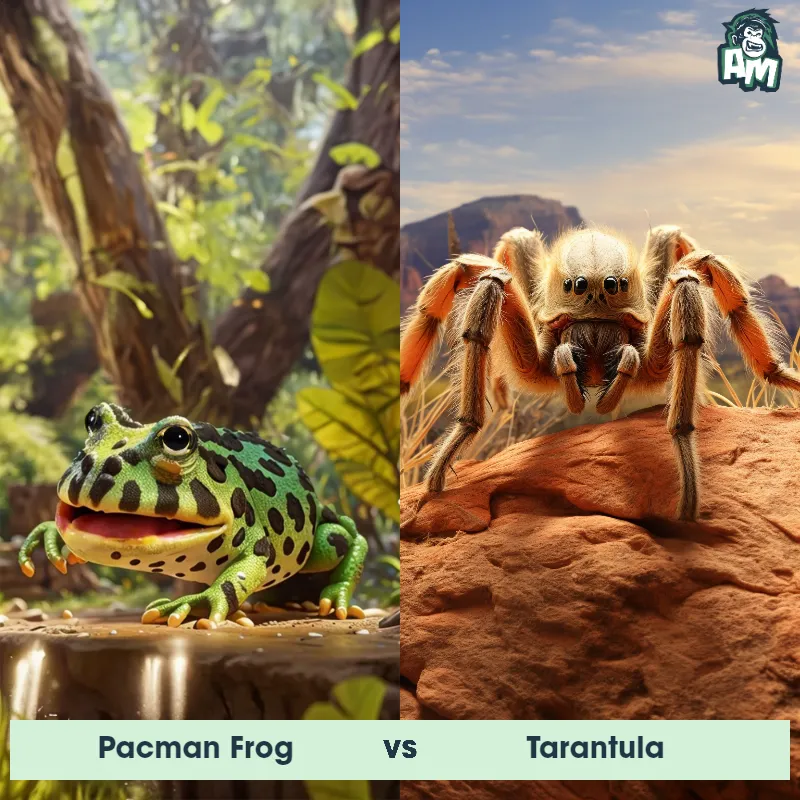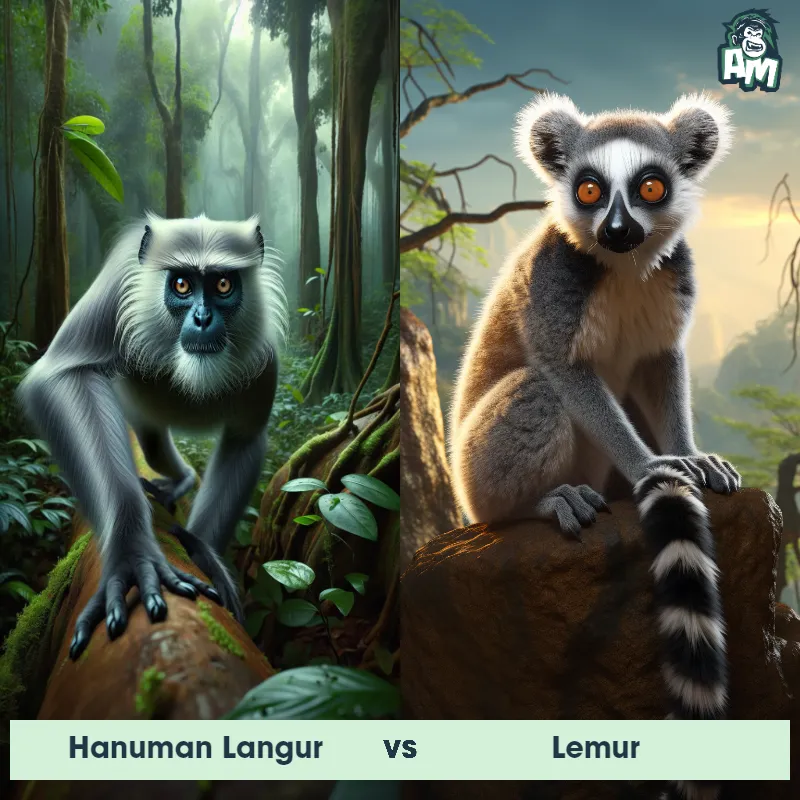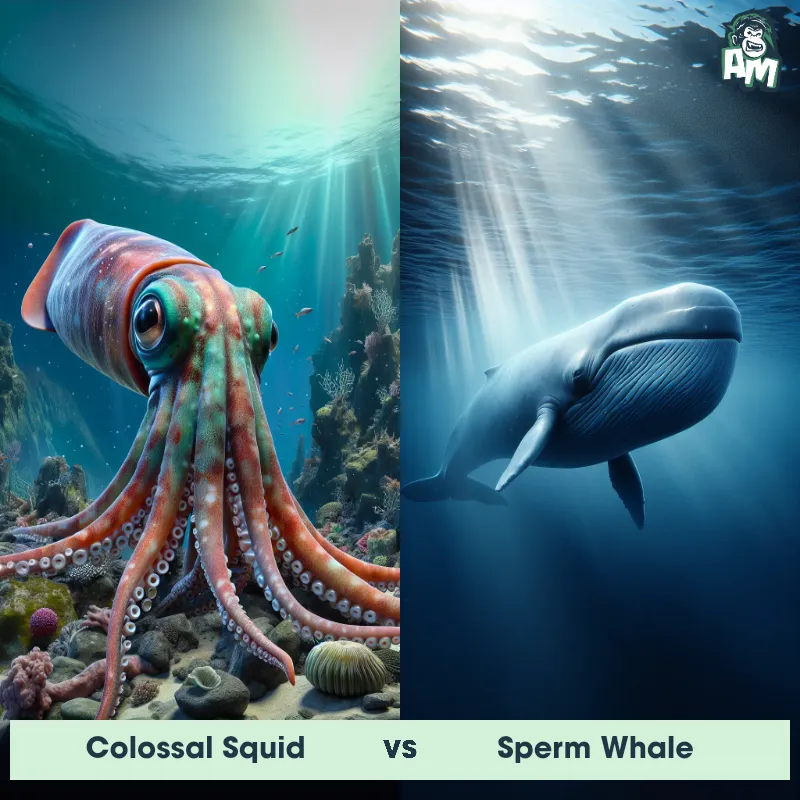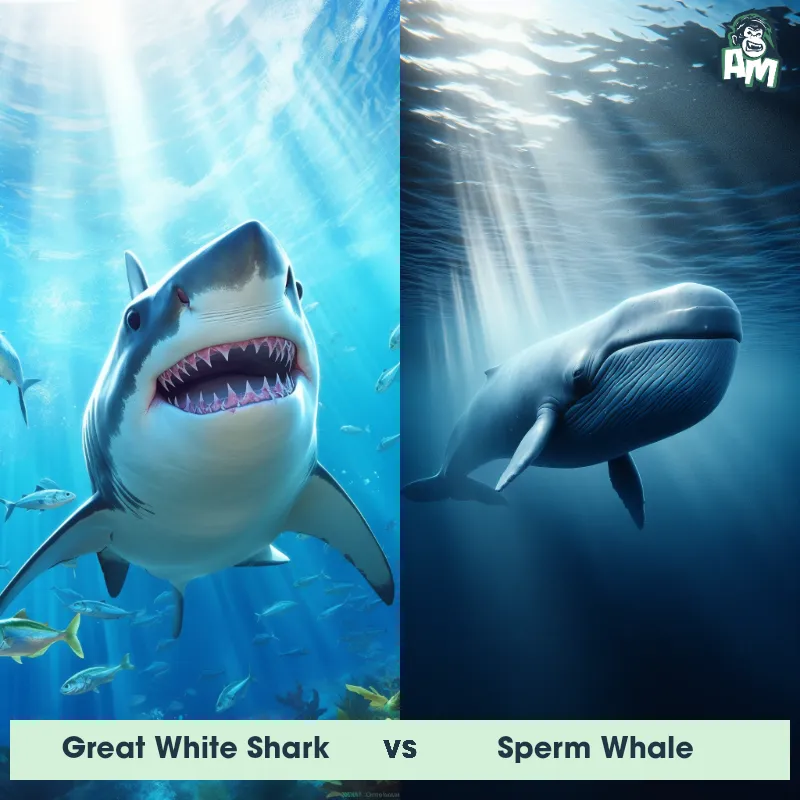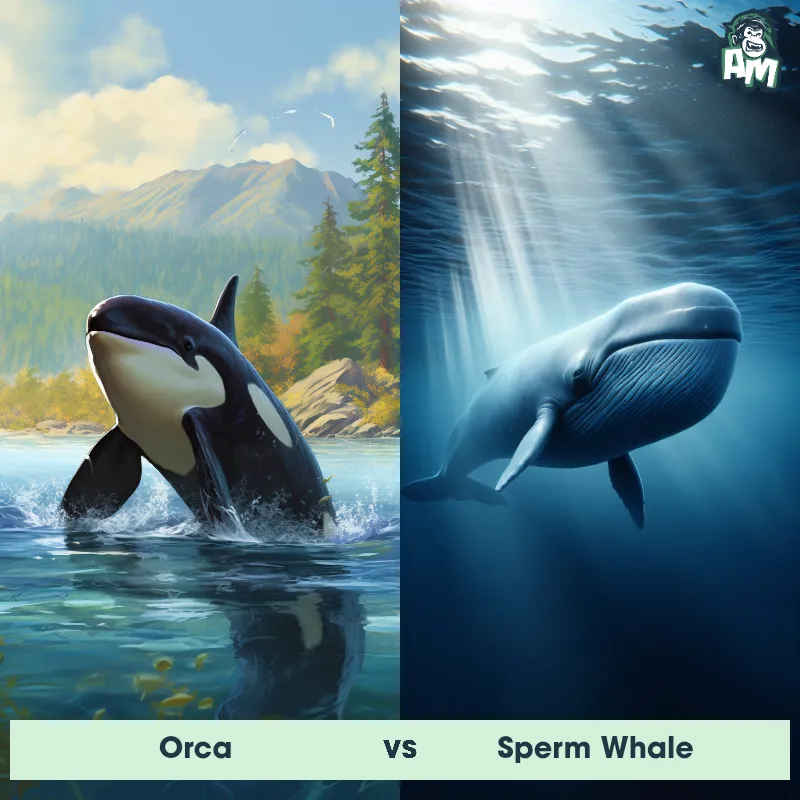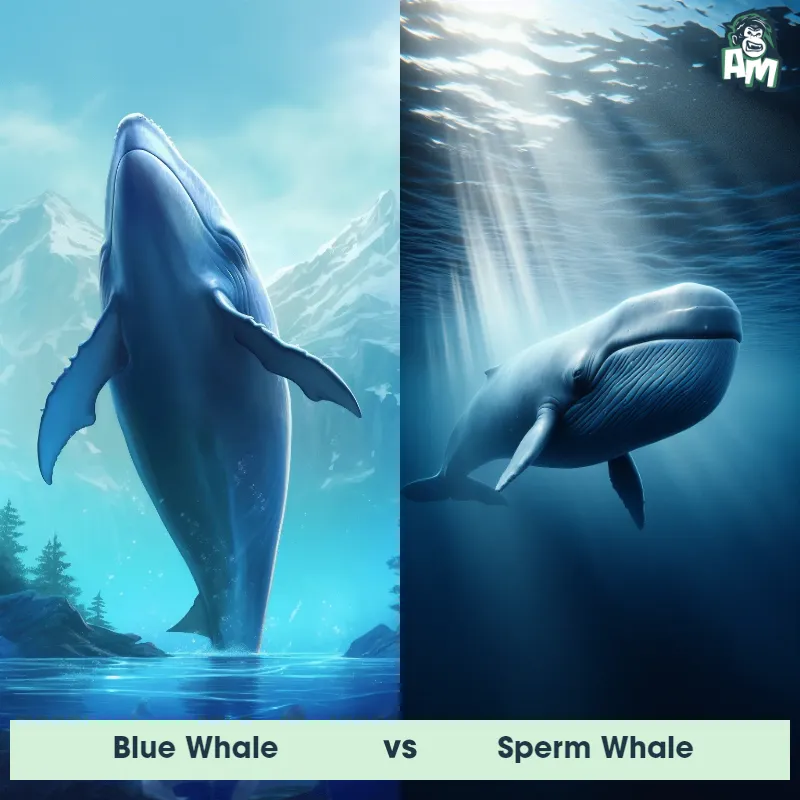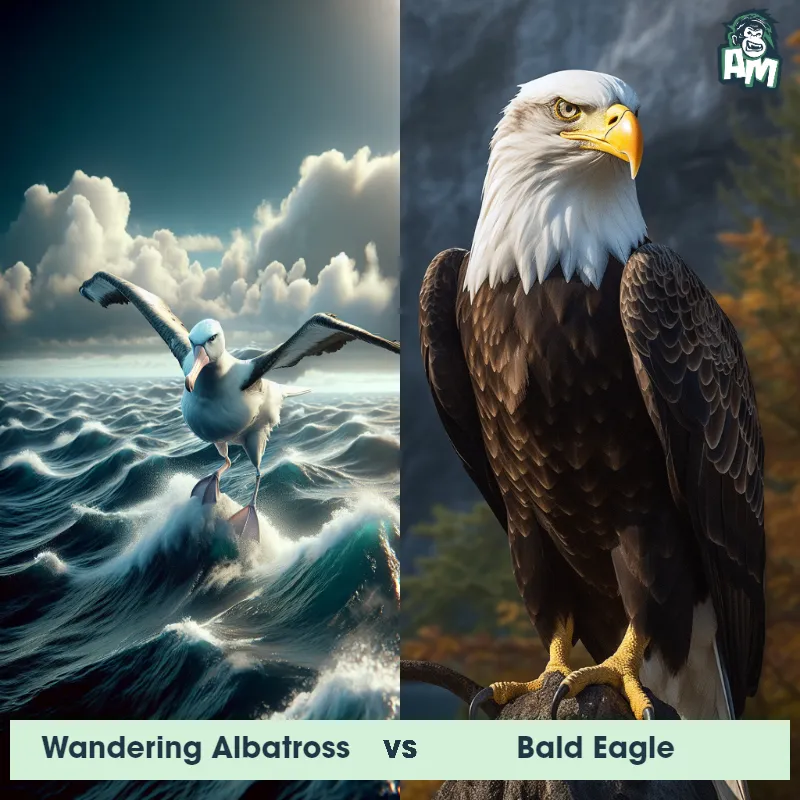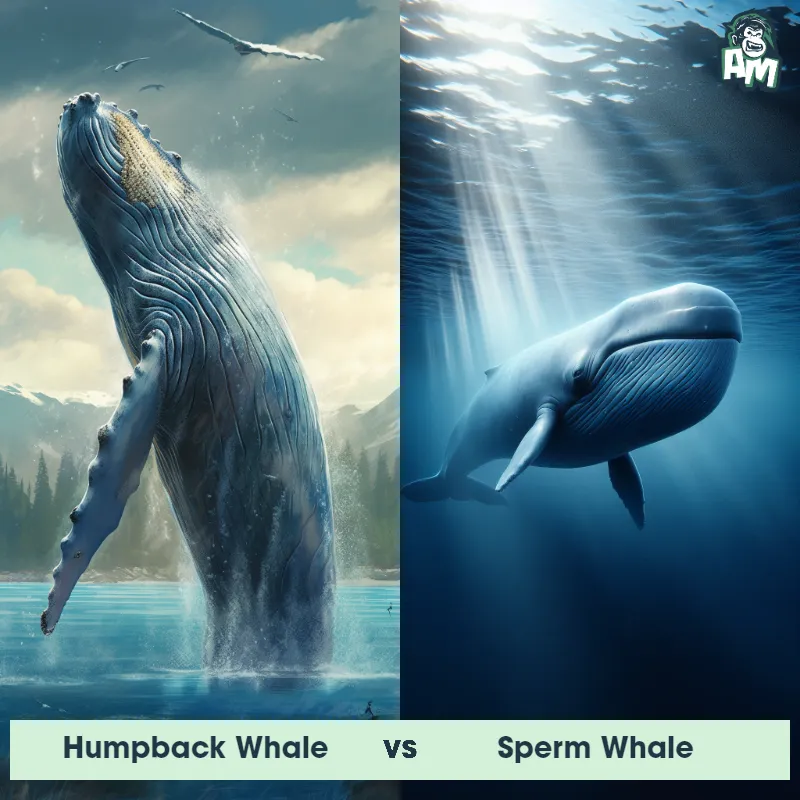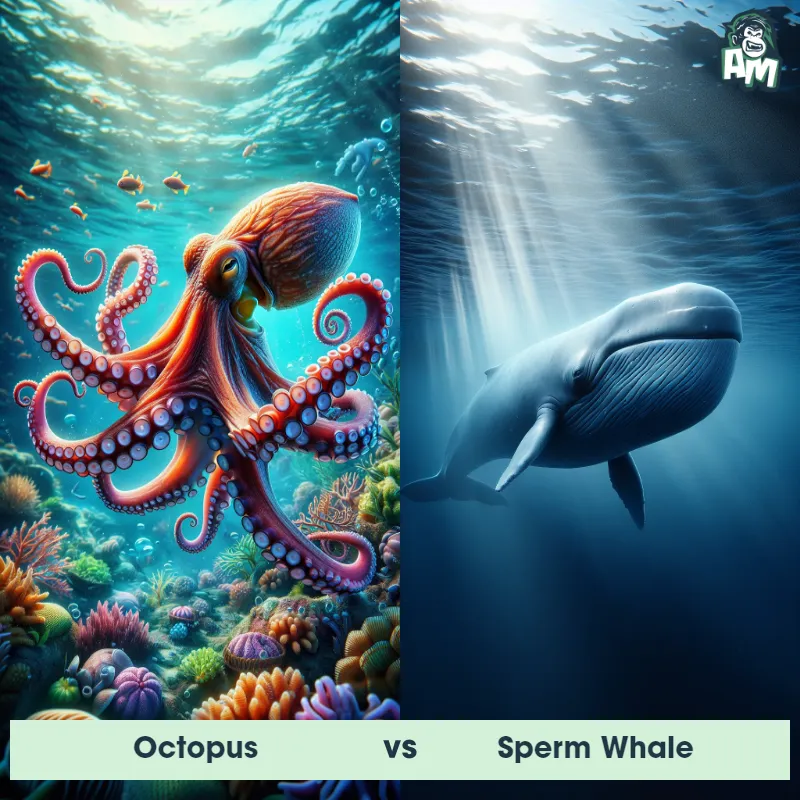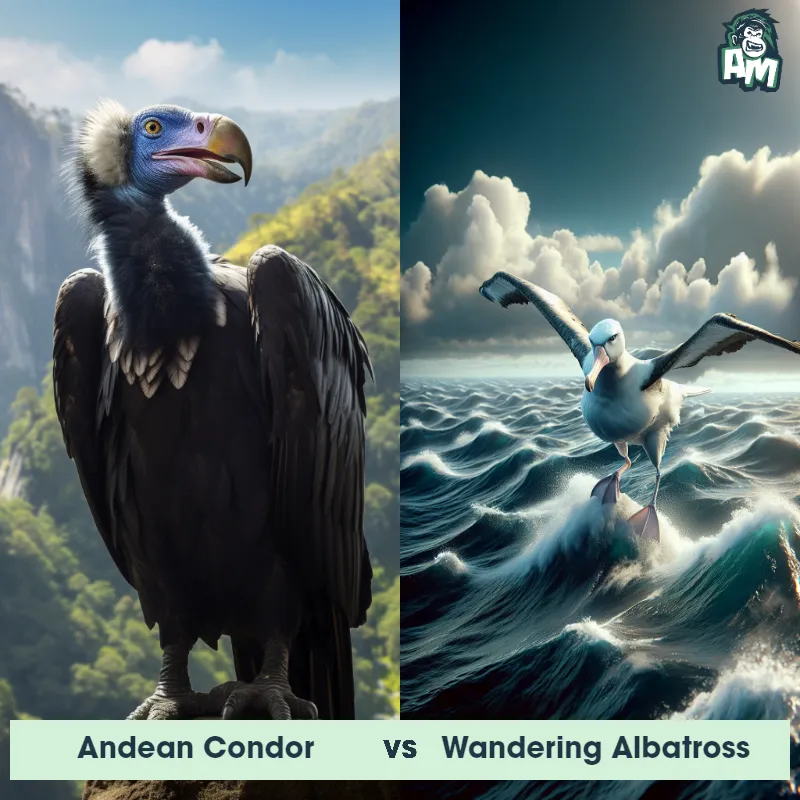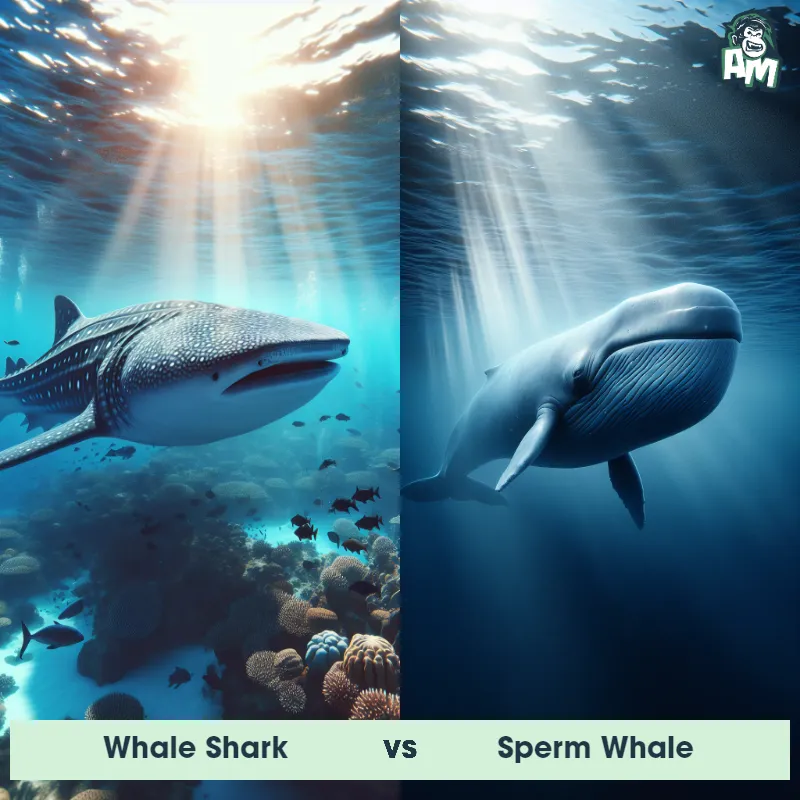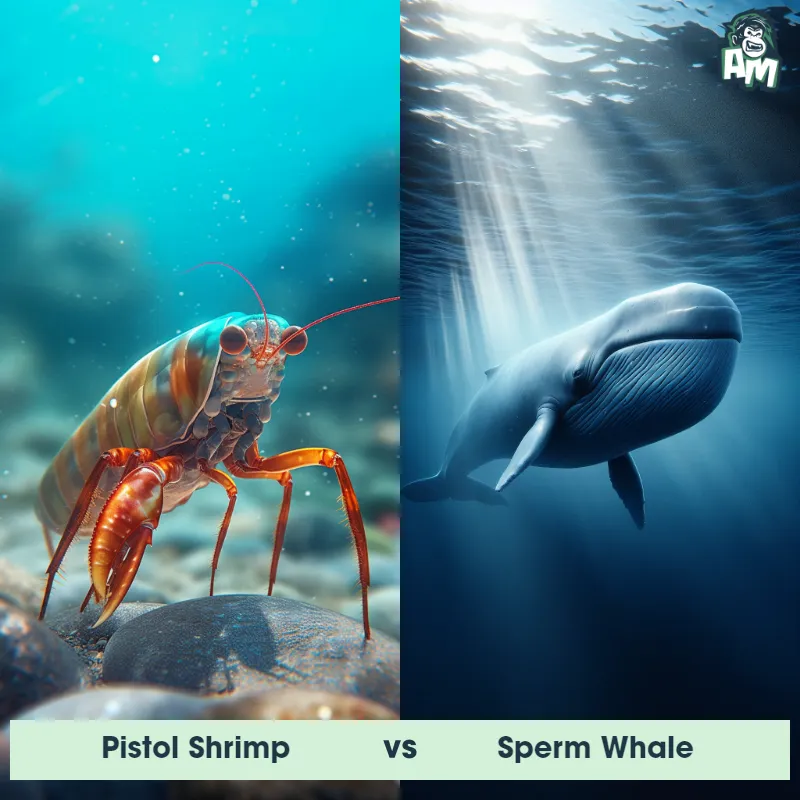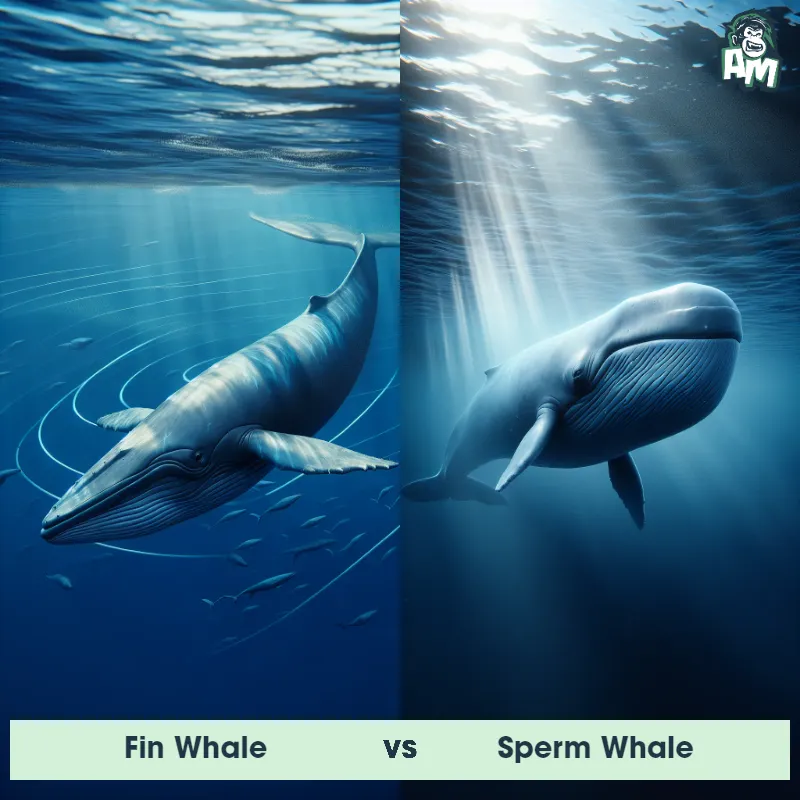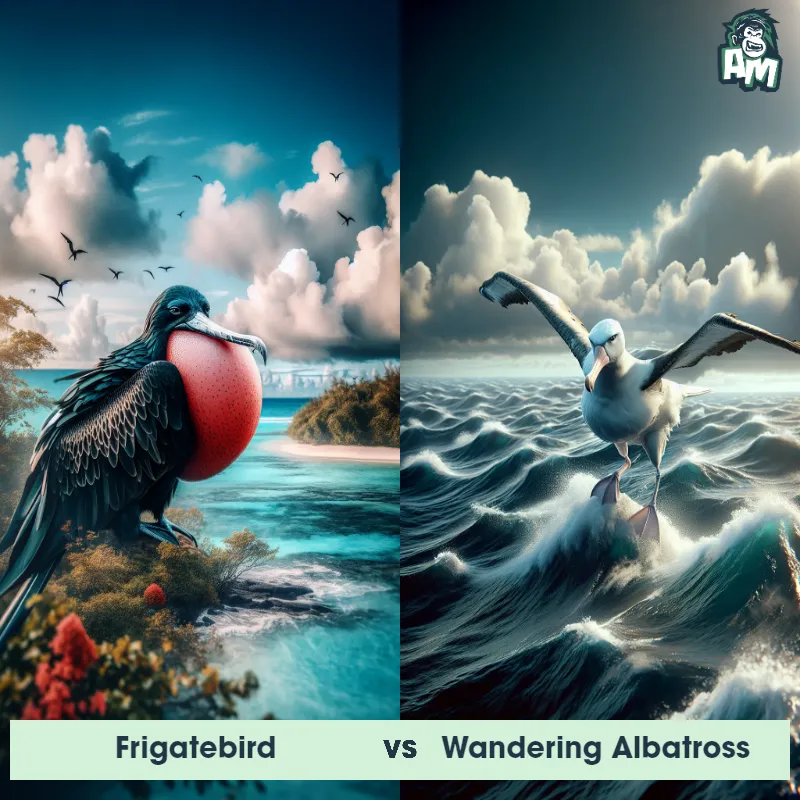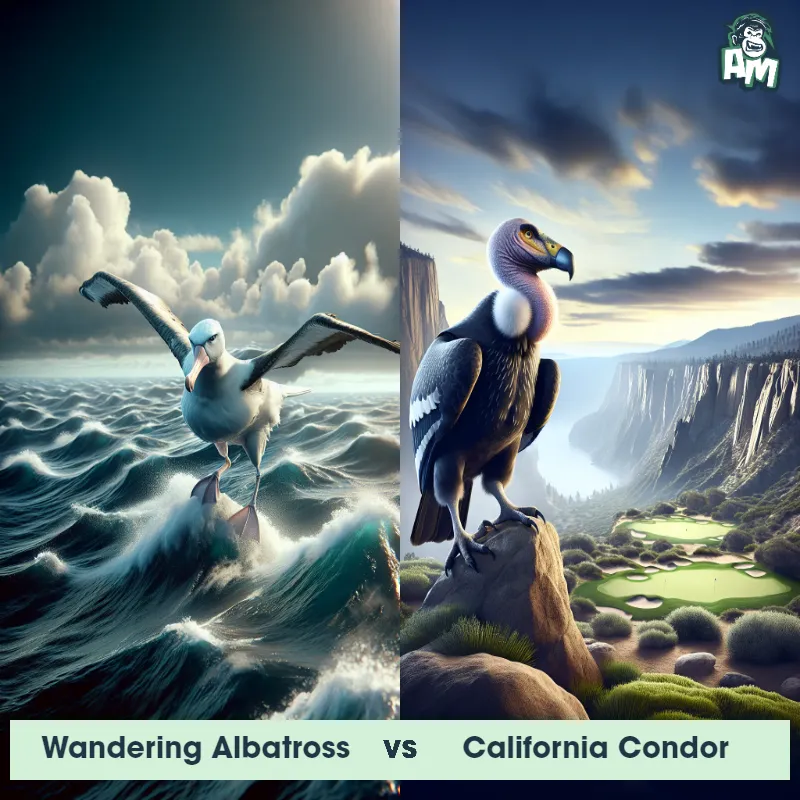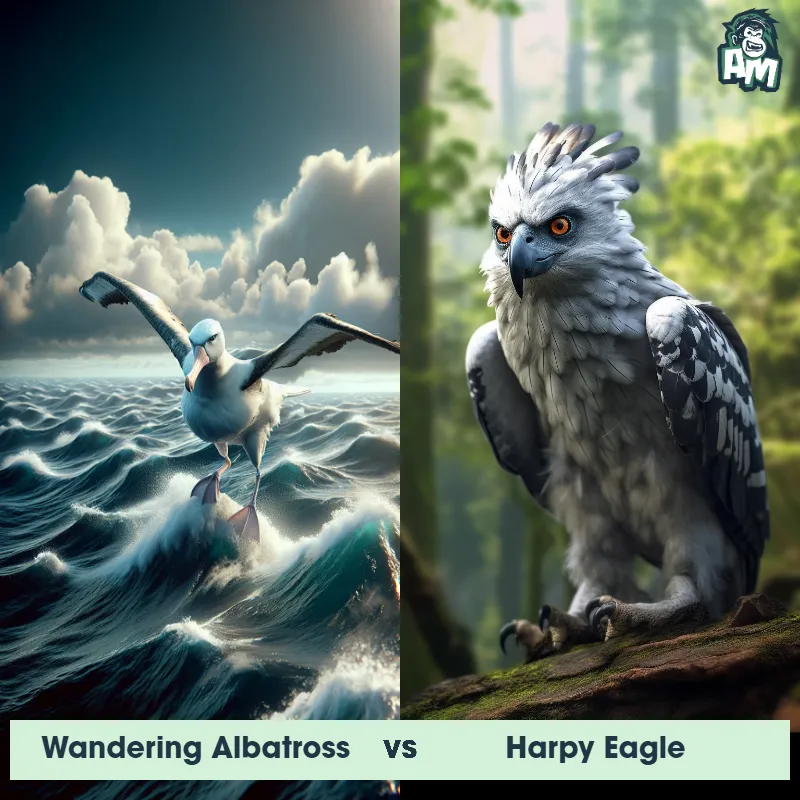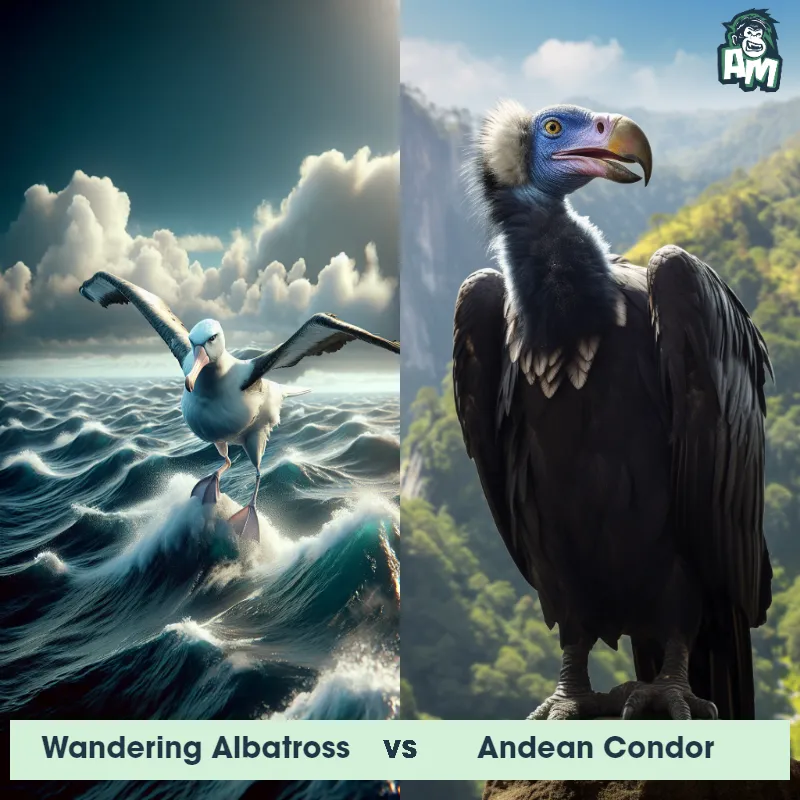Wandering Albatross vs Sperm WhaleSee Who Wins
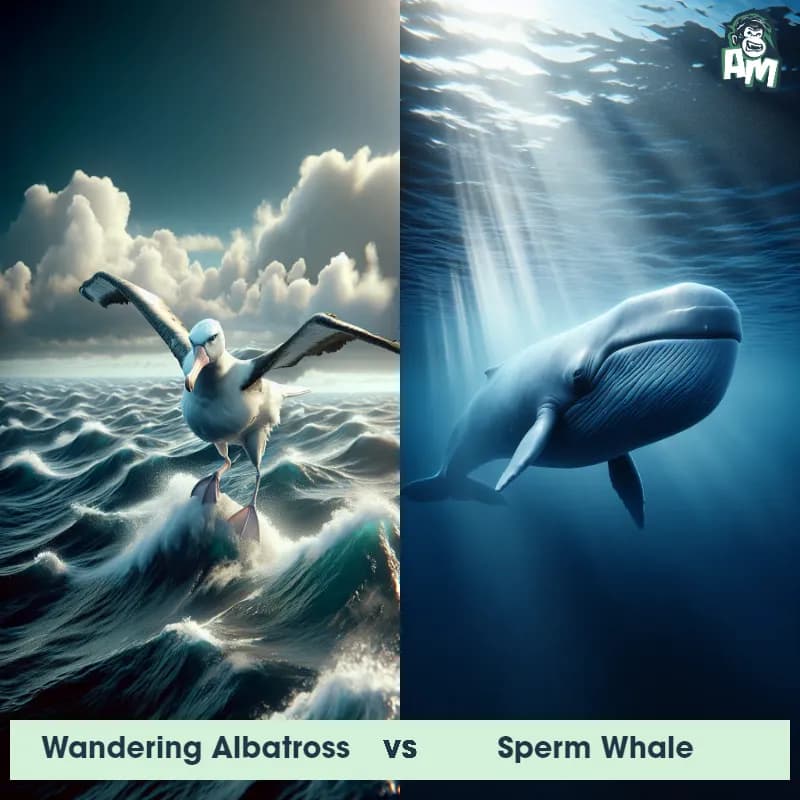
Welcome, ladies and gentlemen, to this epic showdown between a Wandering Albatross and a Sperm Whale! Both of these powerful creatures are ready to go head to head in a battle of strength and skill. Round 1:
Contender 1: Wandering Albatross
Fun Fact:
Contender 2: Sperm Whale
The Sperm Whale, scientifically known as Physeter macrocephalus, is the largest toothed predator in the world and can grow up to 60 feet long, making it one of the largest species of toothed whales. This magnificent creature has a distinct stocky body with a large, box-like head that can make up a third of its total length. They have a dark grayish-brown skin, wrinkled appearance, and a hump-shaped dorsal fin. Sperm Whales possess the largest brain of any creature on Earth and are known for their unique ability to dive to incredible depths, reaching up to 3,000 meters below the surface. They feed primarily on deep-sea cephalopods like giant squid and possess a row of conical teeth on their lower jaw.
Fun Fact: Sperm Whales produce the loudest sound in the animal kingdom. The clicking sounds they emit for echolocation purposes can reach a volume of around 230 decibels, which is equivalent to a jet engine at full throttle.
Matchup Stats
| Wandering Albatross | Sperm Whale | |
|---|---|---|
| Size | Wingspan: 10 to 11.5 feet (3 to 3.5 meters) | Up to 60 feet (18 meters) long |
| Weight | 9 to 11 pounds (4 to 5 kilograms) | Up to 50 tons (45,359 kilograms) |
| Speed | 79mph (127km/h) | 23 mph (37 km/h) |
| Key Strength | Strong wings and beak | Strong and powerful tail for swimming and propelling through water |
| Biggest Weakness | Clumsy on land, weak on solid ground | Vulnerable to attacks on the surface due to slow speed |
Current Votes
Wandering Albatross vs Sperm Whale
See Who Wins
View More Matches
Looking For More?
Similar Matches
Scientific Stats
| Wandering Albatross | Sperm Whale | |
|---|---|---|
| Scientific Name | Diomedea exulans | Physeter macrocephalus |
| Family | Diomedeidae | Physeteridae |
| Habitat | Open ocean, southern seas | Deep ocean waters |
| Geography | Nesting on subantarctic islands, foraging in southern ocean waters | Found in oceans worldwide, but mostly in tropical and temperate regions |
| Diet | Squid, fish, crustaceans | Mainly deep-sea cephalopods like giant squid |
| Lifespan | 50 years - 60 years | 70 years - 90 years |
Key Differences between Wandering Albatross and Sperm Whale
- Habitat: The Wandering Albatross spends most of its life flying over the open ocean, feeding on fish and squid, while the Sperm Whale inhabits the deep waters of the ocean, diving to great depths in search of prey.
- Size: The Wandering Albatross is a large seabird with a wingspan reaching up to 11 feet, while the Sperm Whale is a massive marine mammal, with adult males growing up to 59 feet in length.
- Mating behavior: The Wandering Albatross forms long-term pair bonds and engages in elaborate courtship displays, whereas the Sperm Whale is known for its solitary lifestyle and only comes together with other whales for breeding purposes.
- Vocalizations: The Wandering Albatross is relatively silent, communicating mainly through body language, whereas the Sperm Whale is known for its complex patterns of clicks and whistles, used for echolocation and social communication.
- Color: The Wandering Albatross has predominantly white feathers with black wingtips, whereas the Sperm Whale has a dark grey to brownish coloration with occasional white markings on its belly.
- Body shape: The Wandering Albatross has a streamlined body built for soaring flight, with long, narrow wings, while the Sperm Whale has a robust, torpedo-shaped body with a large, square head.



